Home / Albums / The Middle Ages 206

 Combat on Foot
Combat on Foot Cistercian Monk
Cistercian Monk Carthusian Monk
Carthusian Monk Canon of St. Augustine
Canon of St. Augustine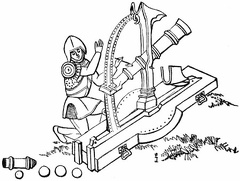 Cannon
Cannon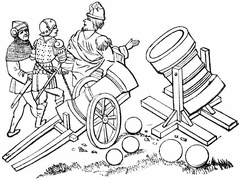 Cannon and Mortar
Cannon and Mortar Cabriolet of the Fourteenth Century
Cabriolet of the Fourteenth Century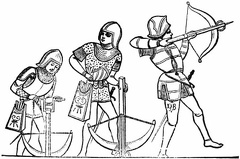 Bowmen and Arbalesters
Bowmen and Arbalesters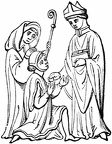 Bishop, Abbot, and Clerk
Bishop, Abbot, and Clerk Benedictine Monk
Benedictine Monk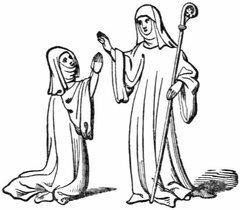 Benedictine Abbess and Nun
Benedictine Abbess and Nun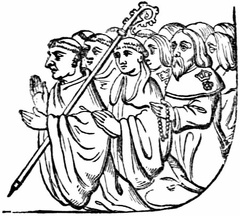 Bedesmen.
Bedesmen.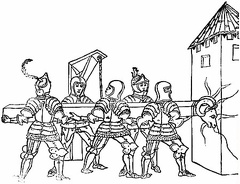 Battering-ram
Battering-ram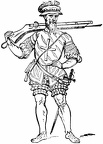 Arquebusier
Arquebusier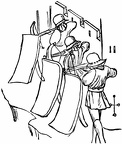 Arbalesters
Arbalesters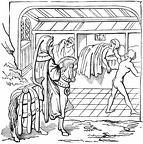 An Inn
An Inn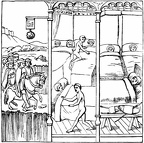 An Inn
An Inn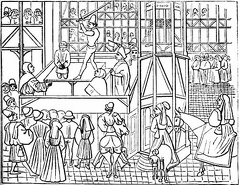 An Execution in Paris
An Execution in Paris An Early Representation of the Whale Fishery
An Early Representation of the Whale Fishery An Angel Minstrel
An Angel Minstrel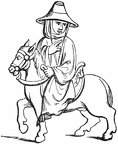 An Abbot travelling
An Abbot travelling Alan Middleton
Alan Middleton Adam the Cellarer
Adam the Cellarer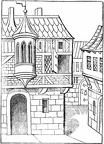 A Town, from Barclay’s Shippe of Fools
A Town, from Barclay’s Shippe of Fools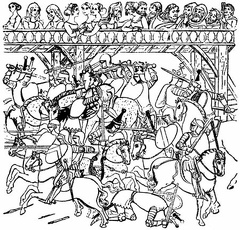 A Tournament
A Tournament A Squire
A Squire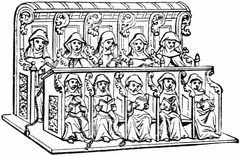 A Semi-choir of Minoresses
A Semi-choir of Minoresses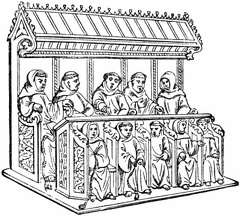 A Semi-choir of Franciscan Friars
A Semi-choir of Franciscan Friars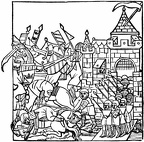 A Sally across the Drawbridge
A Sally across the Drawbridge A Royal Dinner
A Royal Dinner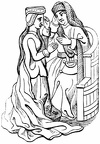 A Priest Confessing a Lady
A Priest Confessing a Lady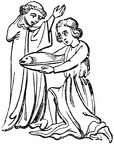 A Present of Fish
A Present of Fish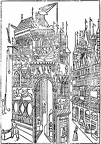 A Mediæval Street and Town Hall
A Mediæval Street and Town Hall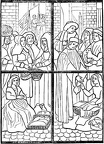 A Market Scene
A Market Scene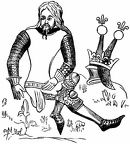 A Knight-Errant
A Knight-Errant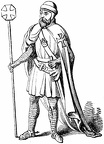 A Knight Templar
A Knight Templar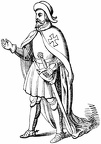 A Knight Hospitaller
A Knight Hospitaller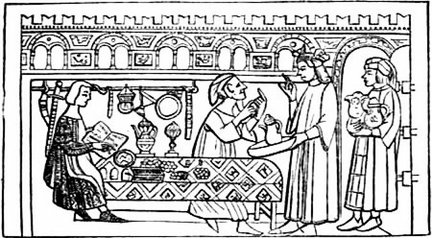 A Goldsmith’s Shop
A Goldsmith’s Shop A Franciscan Friar
A Franciscan Friar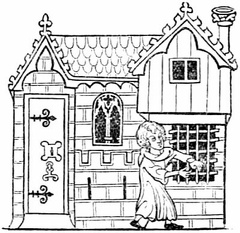 A Fourteenth Century House
A Fourteenth Century House A Dominican Friar
A Dominican Friar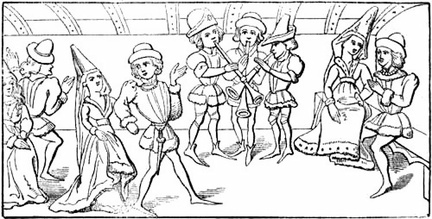 A Dance in the Gallery
A Dance in the Gallery A Clerk
A Clerk A Benedictine Abbot
A Benedictine Abbot A Carmelite Friar
A Carmelite Friar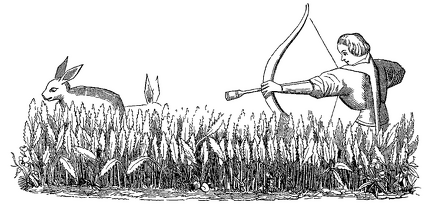 How to Allure the Hare
How to Allure the Hare



